How to Start a Blog
Writing your own blog is a great way to share your knowledge and understanding with the world. However, taking a step to do so might seem challenging and intimidating at first. 5-Minute Crafts has a few practical tips for you that can help you get started.
1. Pick a niche.
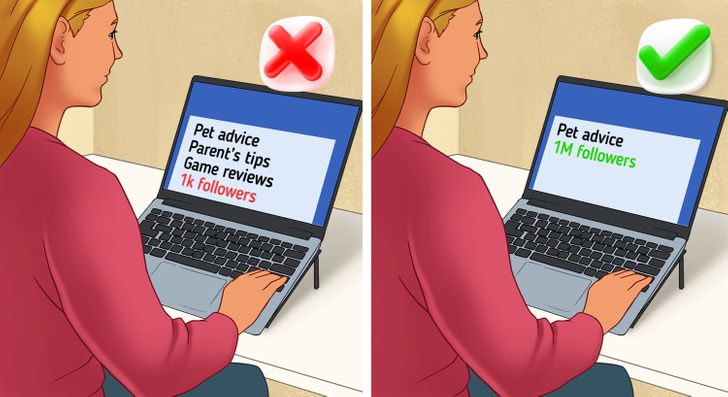
A niche is important for your blog because it gives it structure, which makes it easier for people to find your website, visit it, and become readers. In addition, the theme will make it easier for you to work with brands because you’ll have an audience that is focused on the specific topic.
As you stick to your chosen niche, over time your blog might even become an authority on the subject you cover, which means more people will start visiting your site. Because being associated with the topic, when people need info about the subject you cover, your website most probably will pop into their thoughts.
2. Choose a platform.
Today there are many different platforms that you can use for blogging, however, there are only 2 major ones:
- Blogspot/Blogger — a Google platform that’s free and very easy to use. You can have it up and running in just a few minutes. But, you’ll have limited options when it comes to customizing the blog or if you want to create more than just basic posts.
- WordPress.org — a self-hosted platform that does require a little bit more time to get it started but it’s a lot easier for beginners. Also, it offers a lot of customization options and it will scale easily as your blog grows. However, here you’ll need a domain name and a hosting plan.
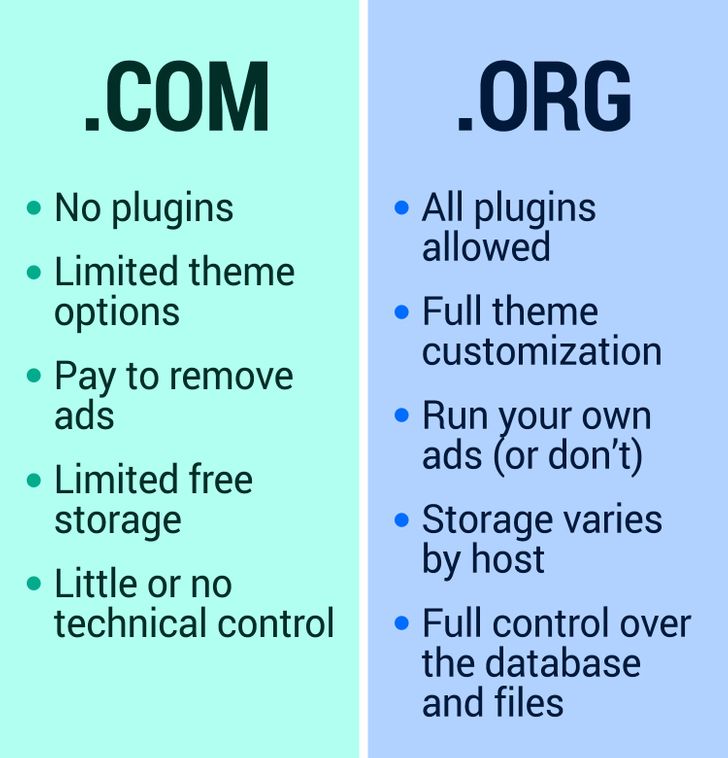
Here it’s important to remember that there is a huge difference between WordPress.org and WordPress.com.
- .org will provide you with full theme customization and all plugins are allowed. Storage will depend on the host. You will be able to run your own ads or not, whatever you prefer. When it comes to files and databases, you’ll have total control.
- .com will give you limited theme options, it doesn’t have plugins, and it has limited free storage. You’ll need to pay in order to remove ads and you might have little or no technical control.
3. Choose a domain name.
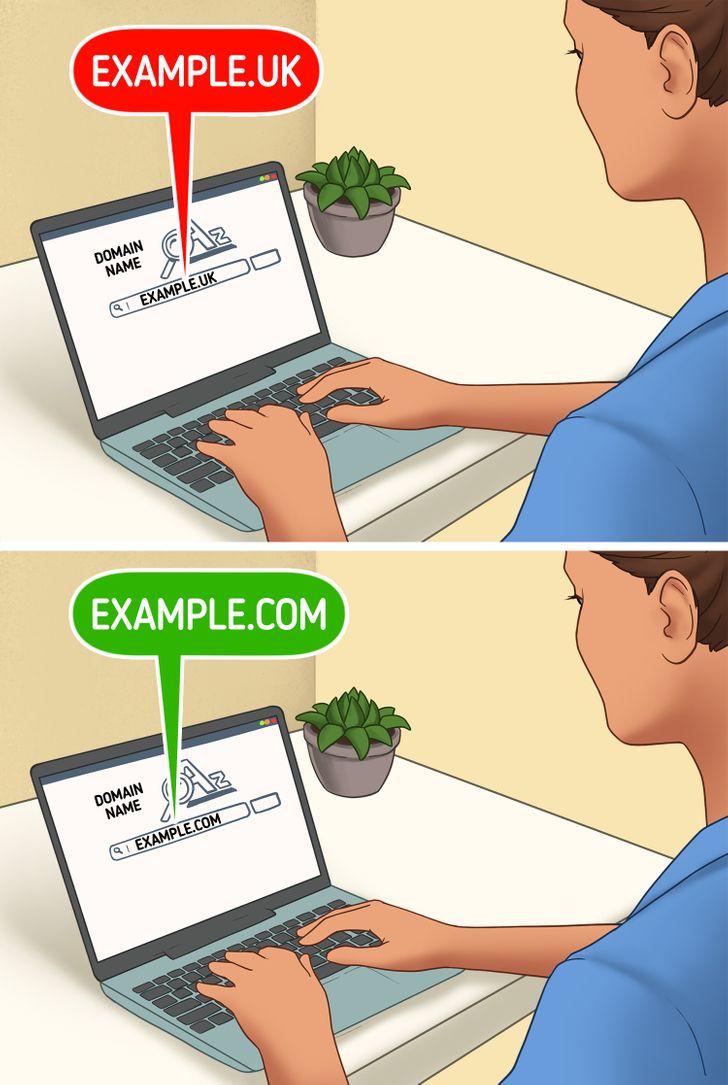
Domain name plays a huge role in branding because it’s also an SEO (Search Engine Optimization) factor. SEO is important because it improves the visibility of your website when people search for a specific service and product related to your business. It gives you better chance of being found when searched on search engines like Google. As a result, people will be more likely to stumble upon your blog.
Here is how you can find your own unique domain name:
✅ When you are choosing, make sure you avoid ones like .uk, .us, .aus, etc. These are country-specific and you will be restricting your blog to one country.
✅ The name should be simple, avoiding any hyphens and numbers. It should be small and easy to understand when your audience reads it.
✅ Having a keyword in the name won’t give you any advantages, except when it comes to Google ranking because it will be relevant for the content that you cover in your blog.
✅ You can use a tool that can help you out when choosing a domain name like Lean Domain Search. All you need to do is to write a keyword and you’ll get hundreds of ideas, which is great for brainstorming a name.
4. Do some research.

Even if you understand the topic you want to cover well, you should always do research, and actually, this is a secret among professional bloggers. No one knows everything but that’s why learning and research will help out a lot.
Make sure you check the facts you are going to write about. Blogs with false statements will show that the topic is poorly researched and this can affect your reputation.
5. Write a headline.
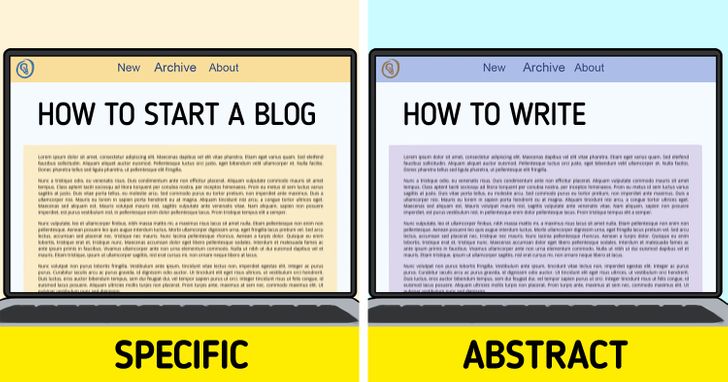
You can either write a specific headline, one that will clearly explain to the audience what the topic is about, or go for an abstract one. And, there are 2 ways you can write a headline for your blog:
- You can decide on your headline before writing your post, and use it as an outline.
- Start writing your post with a working title, then get back to the headline, and edit it according to what you wrote in the article.
6. Write the post.
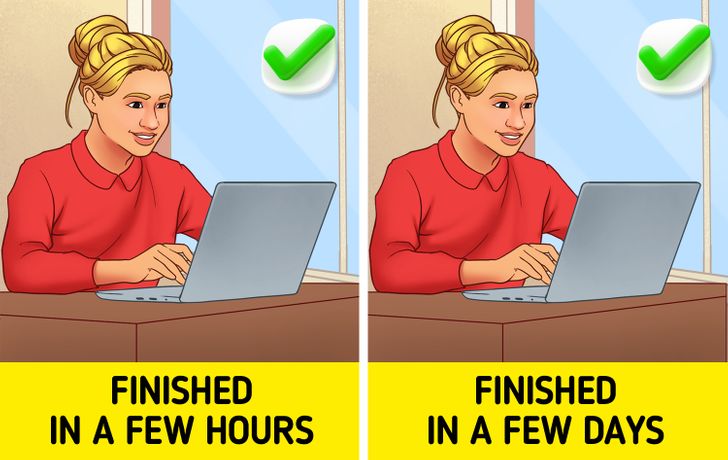
Same as for the headlines, you can write the post in 2 different ways:
- Write the post in one sitting.
- Write it gradually over time.
However, writing it in one sitting is more efficient because you will be focused on the topic and there will be less of a chance that you’ll forget key elements.
Note: Most writers find it hard to come up with an intro. One practical tip that you can also use is to write it last and focus on the main text first.
7. Additional tips that might help you out
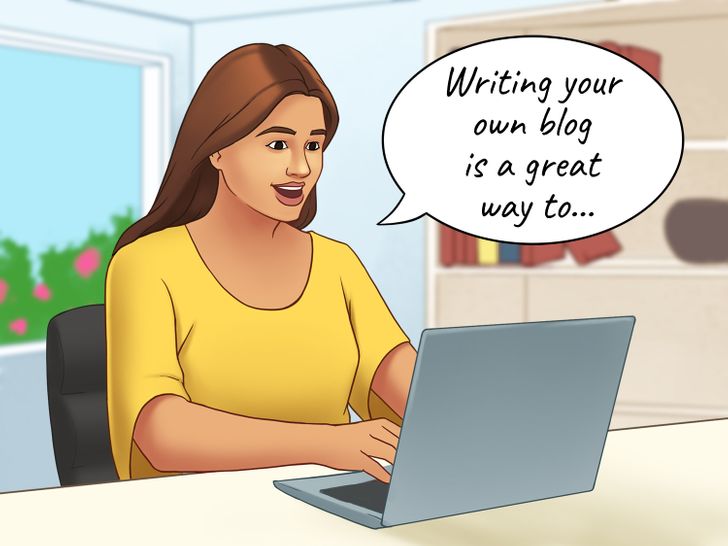
✅ Read your blog aloud — this will help you check the flow of the text and if you find out that it’s hard to understand, rewrite it.
✅ Use images — this is a great way to stimulate the reader, especially if your blog is long. It will make the blog more visually appealing and less intimidating.
✅ Avoid repetitions — reading repeated phrases and words makes the article dull — so make sure you reread your post and replace the repetitions.
✅ Find your “crutch” phrase or word — every writer has one and no matter how hard you try to avoid it you’ll end up using it in your text too many times, simply because it seems unavoidable. So, make sure you find out what your “crutch” word or phrase is and try to avoid it.
✅ Keep the paragraphs and sentences shorter — readers don’t like long text and that’s why you should go for shorter sentences and maybe even shorter paragraphs. In this way, it will be easier to understand your work and topic.